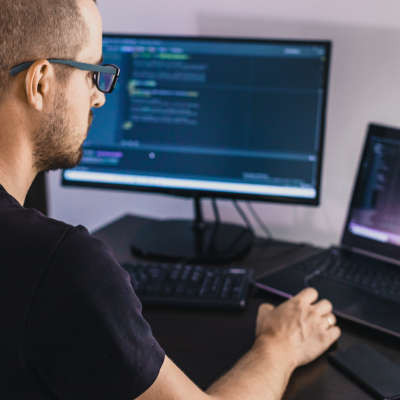The past year has been tough on many businesses. If they’ve learned anything it is the importance of staying flexible. The COVID-19 pandemic has created the need for organizations to move their operations offsite for fears of spreading the virus. With several different pharmaceutical companies now testing and pushing out vaccines for the virus, it seems that offices and other places of businesses will be opening back up, right?
Cerberus IT Solutions Blog
COVID-19 is still a factor that businesses need to consider, especially in terms of their continued operations. With major adjustments required to stay open, many small and medium-sized businesses will need to accept the situation their business is in and implement changes. Fortunately, research that Salesforce summarized in their fourth Small & Medium Business Trends Report suggests that this is happening.
The COVID-19 pandemic has had a major effect on business. Despite this fact, we’re starting to get to the point where most businesses are at least being allowed to attempt to conduct business in a somewhat normal fashion, but it’s definitely a new world out there. Business owners in all lines of business are looking for that tool that can improve productivity, make their operations more efficient, and spit out the metrics they need to tweak them.
I want you to take a moment and consider something: is your business prepared to survive any kind of data disaster? If you aren’t, you need to ensure that your systems—all your systems—can recover from whatever feasible event might impact them. This is what is known as IT resilience. Let’s dive in a little deeper.
The impact of COVID-19 to businesses has been such that we will not likely return to the way business was run before all of this happened. A major factor to this is how businesses once made use of their technology. The shifts that have occurred in the last few months will not likely go away, even after the pandemic ends.
As workplaces and offices everywhere have struggled to cope with the restrictions brought on by social distancing mandates, the adoption of automated solutions has surged ahead. Of course, this does open a few important questions to consider. For instance, what this could mean for employment post-pandemic, and how automation may be used in the future to mitigate the impacts we’re currently experiencing.
Augmented reality (AR) has been talked about for what seems like ages. The technology, which overlays real time information over a displayed image, is seemingly advancing for retail use, but there have been several factors that have kept it from being as mainstream as it will be in the future. Let’s take a look at AR and how the efforts of some of the biggest tech companies in the world are aiming to push the technology to the limits.
The 2020 Consumer Electronics Show is always a good place to see the most innovative consumer technology. CES features products of all types from companies of all sizes. This year, there was a strong contingent of companies bringing products to market in the physical security space. This isn’t all that uncommon, but the reaction to many of these devices is noteworthy.
AR, or augmented reality, has been touted as the next “big thing” for nearly a decade, while other “big things” have been introduced. Google Glass almost made AR more commonplace, but security and privacy concerns turned it into a non-starter. Today, AR has taken a new life, so let’s review some predictions for the future.









